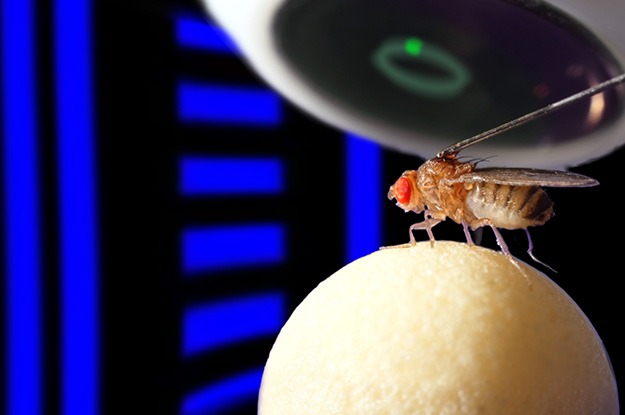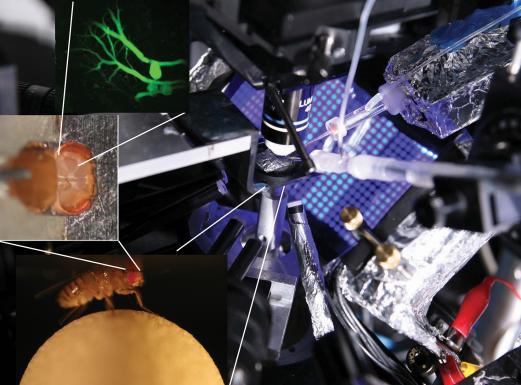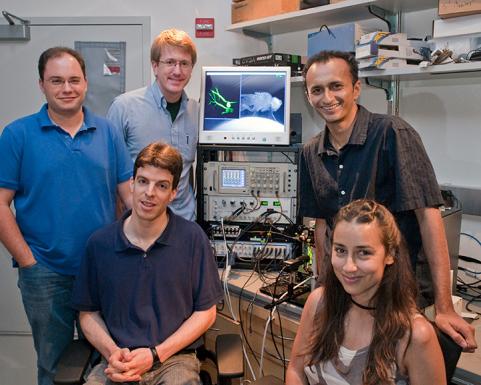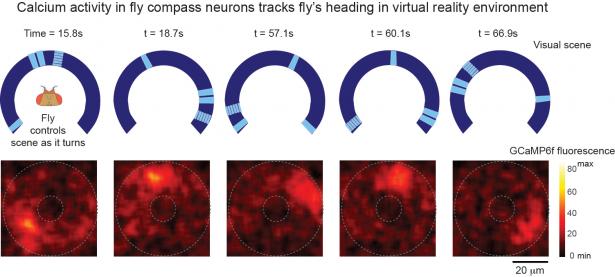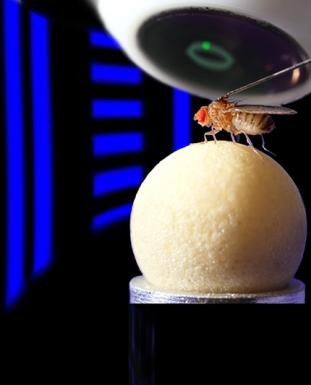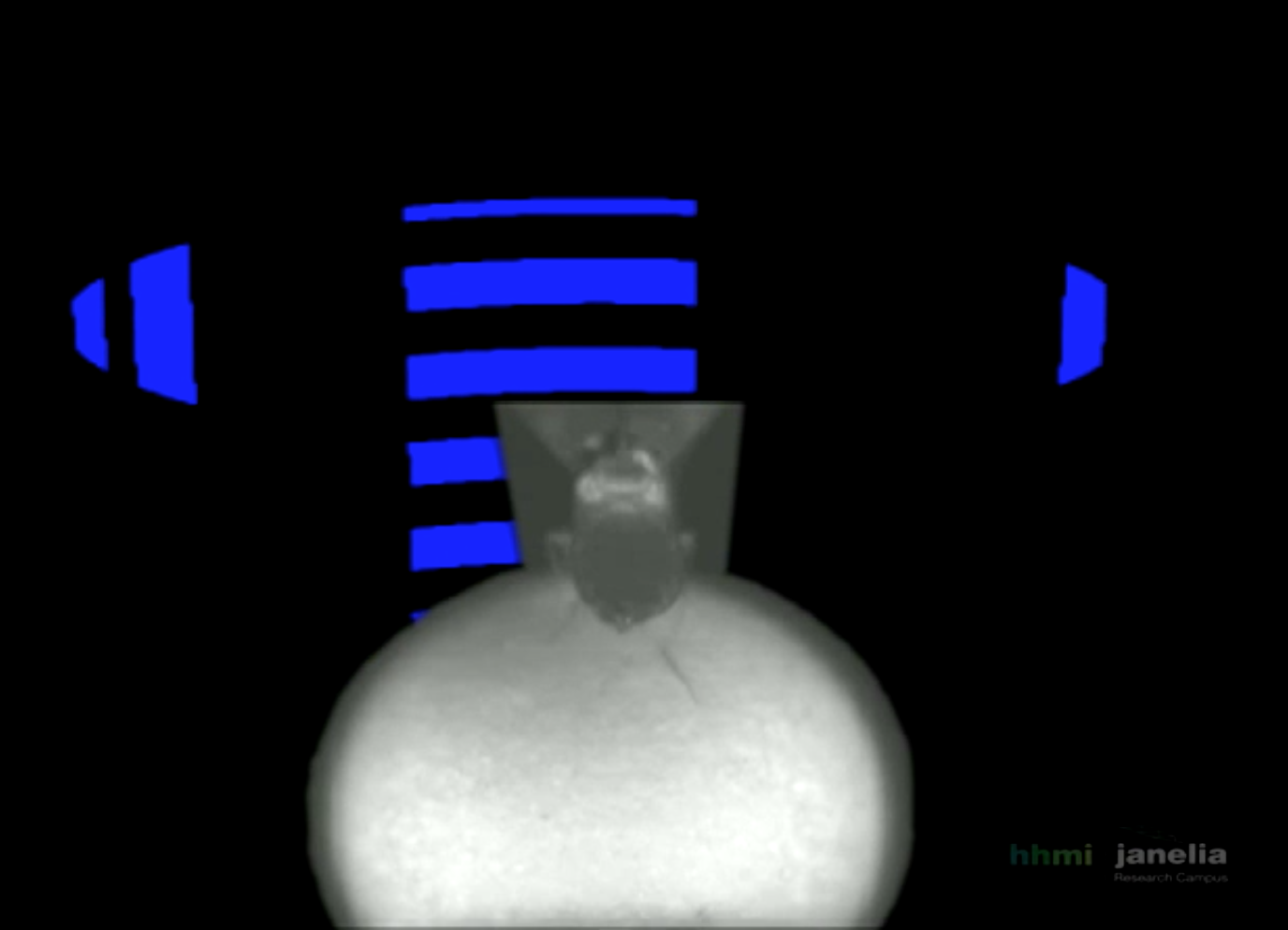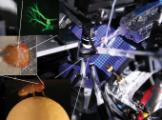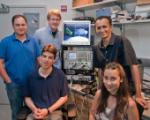Main Menu (Mobile)- Block
- Overview
-
Support Teams
- Overview
- Anatomy and Histology
- Cryo-Electron Microscopy
- Electron Microscopy
- Flow Cytometry
- Gene Targeting and Transgenics
- High Performance Computing
- Immortalized Cell Line Culture
- Integrative Imaging
- Invertebrate Shared Resource
- Janelia Experimental Technology
- Mass Spectrometry
- Media Prep
- Molecular Genomics
- Primary & iPS Cell Culture
- Project Pipeline Support
- Project Technical Resources
- Quantitative Genomics
- Scientific Computing
- Viral Tools
- Vivarium
- Open Science
- You + Janelia
- About Us
Main Menu - Block
- Overview
- Anatomy and Histology
- Cryo-Electron Microscopy
- Electron Microscopy
- Flow Cytometry
- Gene Targeting and Transgenics
- High Performance Computing
- Immortalized Cell Line Culture
- Integrative Imaging
- Invertebrate Shared Resource
- Janelia Experimental Technology
- Mass Spectrometry
- Media Prep
- Molecular Genomics
- Primary & iPS Cell Culture
- Project Pipeline Support
- Project Technical Resources
- Quantitative Genomics
- Scientific Computing
- Viral Tools
- Vivarium
The Janelia Archives
Artifact Name: Fly-Ball Tracker Science
Science
Since the 1970s, scientists have been putting tethered fruit flies and other animals on freely rotating balls, which function like treadmills that can turn in all directions. The scientists want to see how the animals react when exposed to a variety of stimuli in a virtual reality environment. Tethering the fly gives the researchers more control over how and when the stimuli are presented, and monitoring the ball’s movements allows them to precisely measure its responses.
Vivek Jayaraman’s lab group collaborated with Michael Reiser and Janelia’s Instrumentation Design & Fabrication team to modernize the fly-on-a-ball technique, and then combined it with a two-photon calcium-imaging system to measure the fly’s behavior while visualizing the insect’s brain activity as it responds to stimuli. The imaging technology allowed Vivek’s group to discover a neural compass that maintains the fly’s bearings as it explores a virtual environment. Prior to this technical advance, recordings from the fly brain were done from immobilized preparations – not behaving flies interacting with a complex environment.
Janelia’s interdisciplinary environment, where biologists interact closely with instrumentation design specialists, made it possible to develop the combined fly-on-a-ball and imaging technology to study the fruit fly brain in real time during behavior.
Using the fly-on-a-ball setup, Janelia scientists have shown that a small donut-shaped structure in the fly’s brain acts like a compass, helping the animal navigate its environment, even in darkness.
During two-photon calcium imaging experiments, a fly’s head is immobilized so that active neurons (green) can be identified while the fly walks on a free-floating ball.
The team that developed the fly-on-a-ball imaging technology. Standing (L-R): Michael Reiser, Gus Lott (Instrumentation Design & Fabrication), Vivek Jayaraman. Seated (L-R): Jayaraman lab postdocs Johannes Seelig and Eugenia Chiappe (2010).
In this series of snapshots, neuronal activity in a walking fly is indicated by increased brightness of a GCaMP calcium indicator in the ellipsoid body, a brain structure that acts as a compass.
This schematic shows the basic elements of the fly-on-a-ball imaging setup: a tethered fly explores a virtual reality environment by walking on a small ball while a microscope records brain activity.

